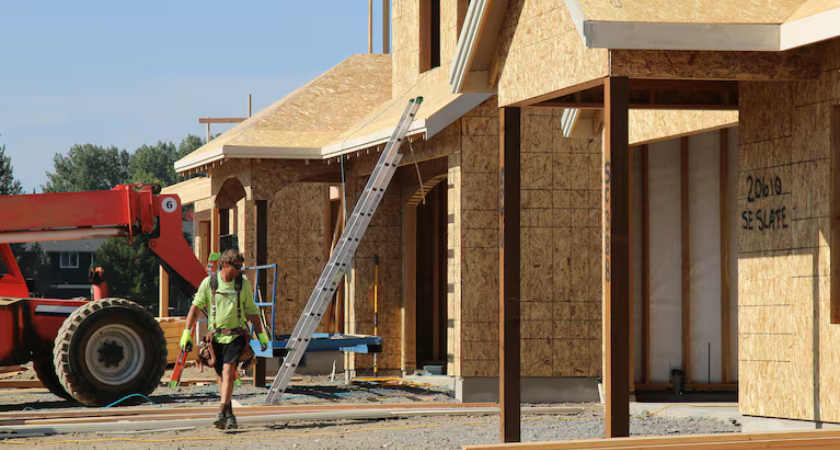
The Bend City Council has taken a major step toward easing the housing crisis for educators and school support workers, approving a zoning change that clears the way for a new workforce housing initiative led by Bend-La Pine Schools.
The nearly two-acre parcel sits next to Summit High School, one of two school-adjacent sites being sold by the district as part of a broader effort to build more than 30 affordable homes exclusively for the workforce that keeps local schools running.

Bend-La Pine Schools (BLS) spokesperson Scott Maben said the district has been searching for solutions to a growing affordability issue that directly impacts employee retention. In 2022, district leaders voted to sell surplus land with the dedicated purpose of creating housing options for school workers to buy.
The project, run in partnership with Bend-Redmond Habitat for Humanity, is planned to include 32 units — located near Summit High School and Silver Rail Elementary. While the homes will be open to the community, district employees will receive priority access when the application process opens.
District officials say the need has become urgent as the cost of living skyrockets in one of Oregon’s most expensive housing markets.
“Housing affordability is absolutely one of the biggest challenges” facing district employees, said Ryan Kelling, executive director of human resources at BLS.
Kelling added that Bend’s housing market would shut his own family out if they were trying to relocate today: “Coming to Oregon as an educator 12 years ago was a great step for me and my family. There’s no chance we could do it today,” he said.
Bend has seen sharp increases in both cost of housing and income inequality. The median price for a single-family home has reached $832,000 — roughly 10 times what many district employees earn.
Teachers in Bend-La Pine Schools earn an average of $83,000 — and new teachers start closer to $66,000. Support staff such as bus drivers, custodians, and cafeteria workers earn significantly less, contributing to higher turnover in those positions.
Through the partnership, the new homes will be deed-restricted to ensure long-term affordability. Habitat for Humanity follows a model where buyers spend only a third of their household income on housing costs.
The majority of units will be restricted to buyers making up to 80% of Area Median Income (AMI), though several homes will be available to those earning up to 120% of AMI. For a family of four in Bend, AMI currently stands at $123,500.

Demand is expected to be fierce. Habitat’s executive director, Carly Colgan, said the organization typically gets 10 applications for every home they build — and sometimes far more. A recent project drew 200 pre-applications for just eight homes.
Other districts across Oregon and the West Coast are experimenting with similar housing solutions to stop losing educators to more affordable regions. The model is gaining traction: San Francisco and San José are each pursuing hundreds of dedicated staff housing units.
In smaller Oregon communities, the Oregon School Boards Association notes growing interest in district-owned or partnered staff housing — especially in rural areas struggling to recruit and retain teachers.
“Our school districts are community problem solvers, and they are finding unique ways to help their staff find housing,” said OSBA spokesperson Jenni Nischik. “But if our state wants the best educators to help our students, we must find a way to ensure they have a place to live.”
Though the zoning approval is a critical milestone, construction is not expected to begin immediately. Bend city planner Nicolas Lennartz said groundbreaking would likely occur in 2026 and 2027.
Maben said district leaders are hopeful this will become a repeatable model if the first two projects succeed.
“I don’t think anyone expects home prices in Central Oregon are going to drop significantly enough to make it a more affordable housing market anytime soon,” he said, adding: “So yeah, definitely we’re open to it. But first, let’s see how these first two go.”
Originally reported by Kathryn Styer Martínez in OPB.